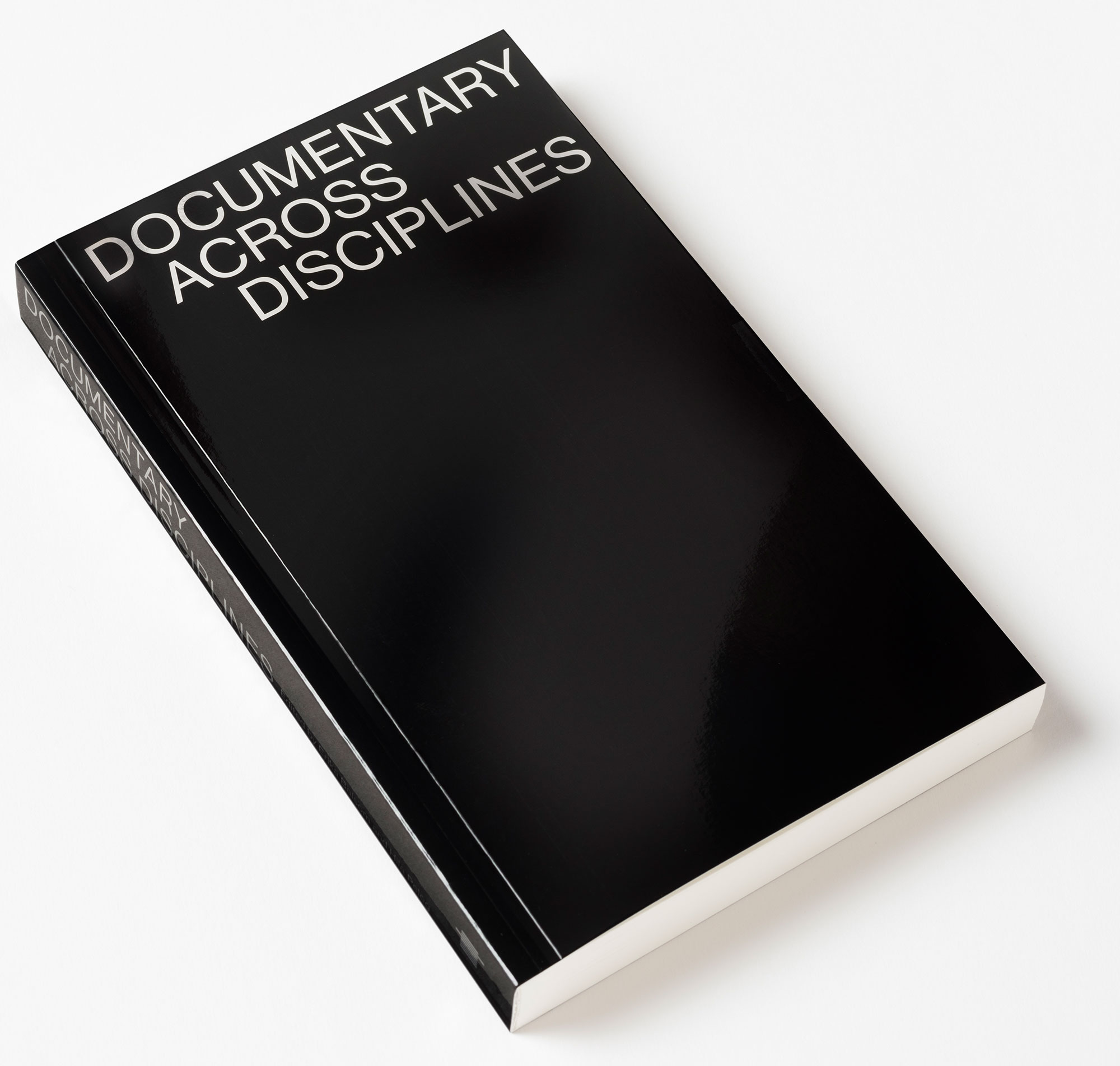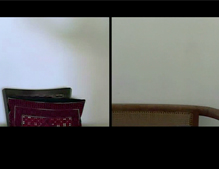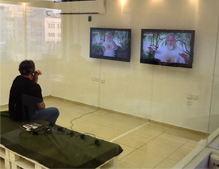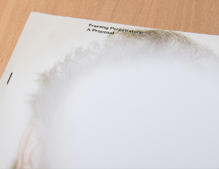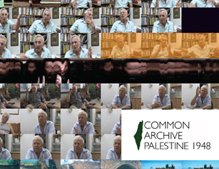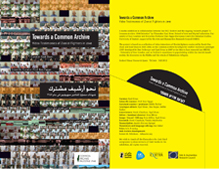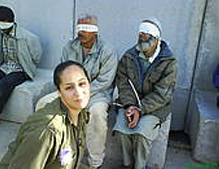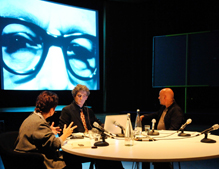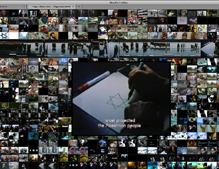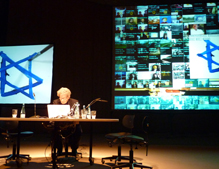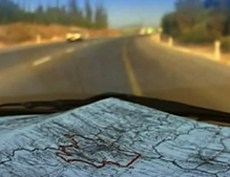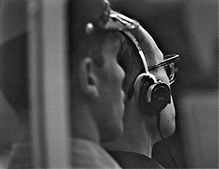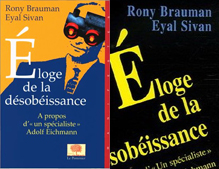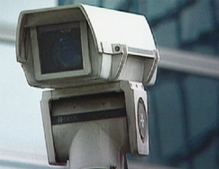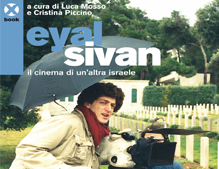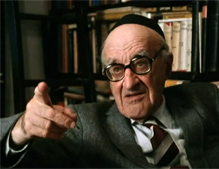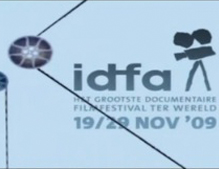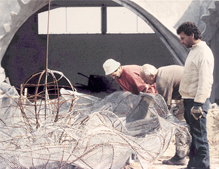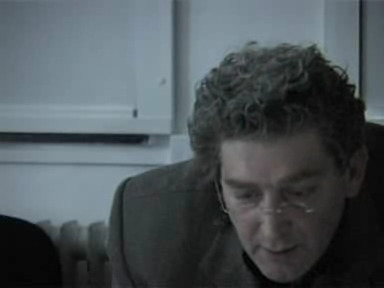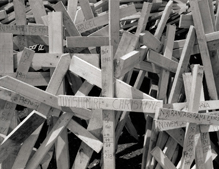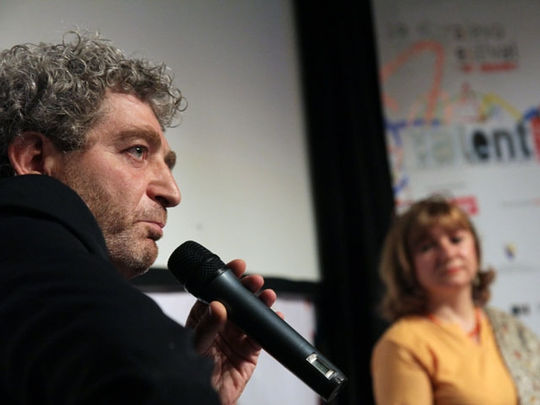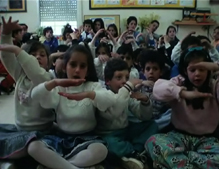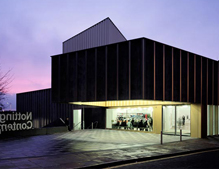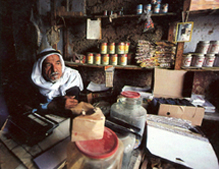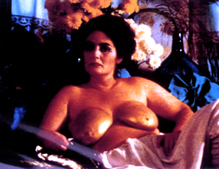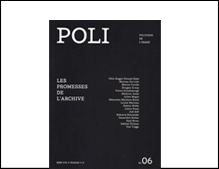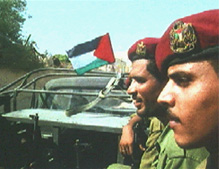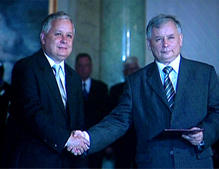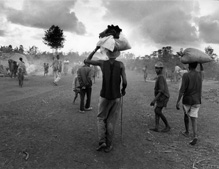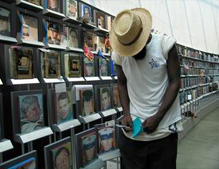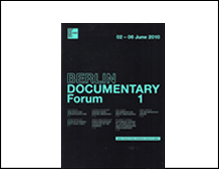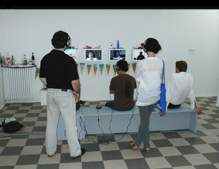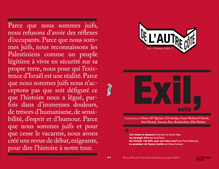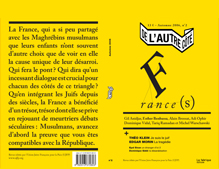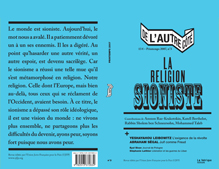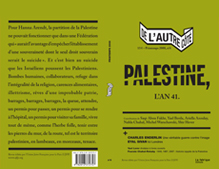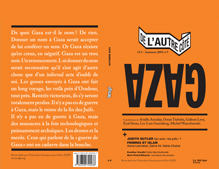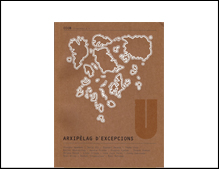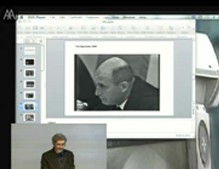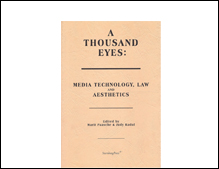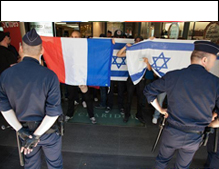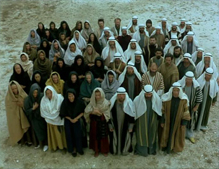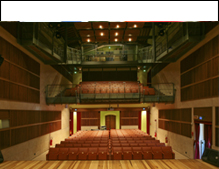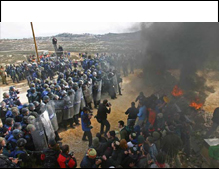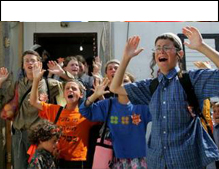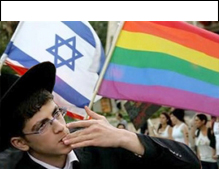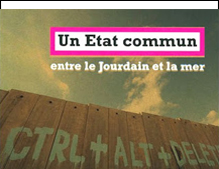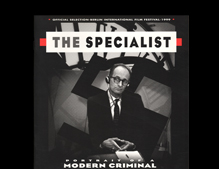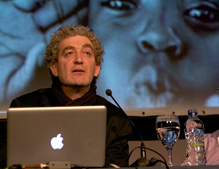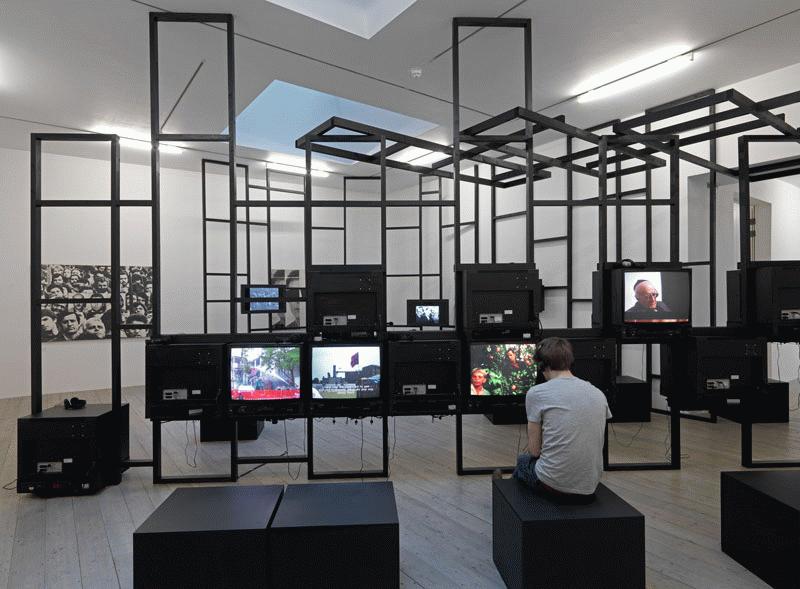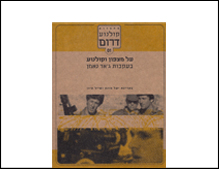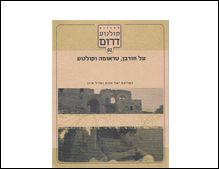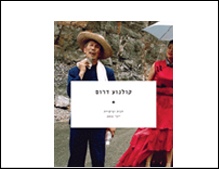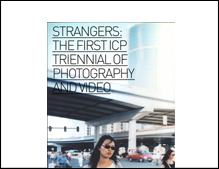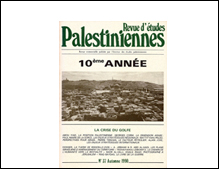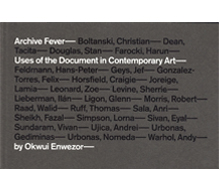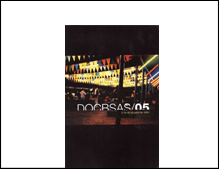-
Proposal for a visual media exhibition
with the participation of students of the Master of Film at the Dutch Film Academy, Amsterdam -
Get my films
Buy DVDs online at www.momento-films.com -
IZKOR
slaves of memory
Documentary film | 1990 | 97 min | color | 16mm | 4:3 | OV Hebrew ST -
Common Archive Palestine 1948
web based cross-reference archive and production platform
www.commonarchives.net/1948 - Project in progress - -
Montage Interdit [forbidden editing]
With professors Ella (Habiba) Shohat and Robert Stam / Berlin Documentary Forum 2 / Haus der Kulturen der Welt / June 2012 -
Route 181
fragments of a journay in Palestine-Israel
Documentary film co-directed with Michel Khleifi | 2003 | 272 min [4.5H] | color | video | 16:9 | OV Arabic, Hebrew ST
-
The Specialist
portrait of a modern criminal
Documentary film | 1999 | co-author Rony Brauman | 128 min | B/W | 4:3 | 35 mm | OV German, Hebrew ST -
Jaffa
the orange's clockwork
Documentary film | 2009 | 88 min | color & B/W | 16:9 | Digital video | OV Arabic, Hebrew, English, French ST
-
Montage Interdit
www.montageinterdit.net
Web-based documentary practice. A production tool, archive and distribution device | project in progress
-
Common State
potential conversation [1]
Documentary film | 2012 | 123 min | color | video | 16:9 split screen | OV Arabic, Hebrew ST -
Towards a common archive
testimonies by Zionist veterans of 1948 war in Palestine
Visual Media exhibition | Zochrot Gallery (Zochrot visual media lab) | Tel-Aviv | October 2012 - January 2013
-
I Love You All
Aus Liebe Zum Volk
Documentary film co-directed with Audrey Maurion | 2004 | 89 minutes | b/w & color | 35mm | OV German, French ST
Filmmaker Eyal Sivan talks about his exhibit with over 100 testimonies given by the perpetrators of the Nakba.
Last month in Tel Aviv an exhibit with an unprecedented intention debuted. Curated by two prominent anti-Zionist Israelis, filmmaker Eyal Sivan and historian Ilan Pappe, "Towards a Common Archive" presents over 100 testimonies given by the perpetrators of the Nakba, the period between 1947 and 1949 when over 750,000 Palestinians were expelled from their land to create the state of Israel. The exhibit is hosted by Zochrot, the sole Israeli organisation dedicated to remembering the Nakba.
Sivan describes their project as racing against time, as it collects testimonies from the ageing generation that fought with the Zionists gangs. In the absence of a formal Truth and Reconciliation Commission, Sivan envisages the perpetrators' historic testimonies as forming a basis for truth without which a future reconciliation could not occur.
Yet despite the significance of the undertaking - and to the surprise of Sivan - the Israeli press has completely ignored the exhibit, save for one right-wing settler newspaper which disparaged it.
The exhibit serves as a pilot for a much larger project envisioned by Eyal Sivan: A Common Archive for 1948 Palestine, which seeks to build an interactive website bringing together the testimonies of Palestinian refugees and the Zionist perpetrators of the Nakba. If successful in documenting 1948, Sivan hopes to see subsequent historical events in the region also documented on the forum. But for him, it is essential that such a process begin with the Nakba: Sivan believes everything that has happened since represents "repeated episodes of that initial crime".
The project makes material the impulse and need to struggle against forgetting.
Sivan has made several documentaries about Zionism and Palestine, including Jaffa: An Orange's Clockwork, The Specialist, Peace with No Return? and Aqabat-Jaber: Passing Through.
I recently spoke with Sivan about his vision for the project, what he discovered during the process, the disappearance of shame in Israel and his assertion that the perpetrator is the "primary witness" in any crime. With great eloquence and insight, Sivan speaks about the necessary role history will play to ensure justice in the future.
Charlotte Silver: You have drawn on the words of Holocaust survivor Primo Levi to argue that in any crime, it is the perpetrator who is the primary witness. Could you expand on this idea and explain why it is important to learn about the Nakba from its perpetrators?
Eyal Sivan: I am interested in the traces of the perpetrator, because he can testify about the system. He is the one who can explain to us how it is done. I'm not talking about the narration of the perpetrator nor am I talking about finding a regime of justification, rather I look for the way the perpetrator tells the story of what happened. I think there is strength and power in the fact that the perpetrator is speaking - and this is the thing you feel in the exhibition.
The documentary tradition is one that gives voice to the victim. For a long time, I have wondered about the function of the victim and to what extent facing the victim is, in fact, a redeeming act. I would say it's almost a Christian situation, where you have a victim that is suffering for you [the spectator] and through his suffering he redeems the spectator and more: He says, you are human because you feel my suffering. So it comforts the spectator, [affirming his] position of being the "good one".
However, I am interested in interrogating the spectator, to ask him the question: What would you do? What are you?
I have two goals. One is to tackle, or to argue against this liberal take that says to have two narratives is a progressive thing. There is the Zionist narrative and there is the Palestinian narrative as if those two narratives can co-habit. In order to get out of the conflict - conflict of memory, conflict over history - the only way is, in fact, to come and find a joint narration.
I say a "common" narration in a double meaning of that word - common as in the same and common as in banal, which is just simply what happened. Not, "How do I analyse it", "What is my regime of justification", but actually, what happened. One group - the Zionist Israelis - committed a crime against the other group, the Palestinians.
The perpetrators' testimonies will be joined by the Palestinian testimonies and out of that we can come to a narrative that is based on a recognised common history. Being able to agree on that common history implies something for the future, like a common state.
CS: The "new historians", those Israeli historians who emerged in the late 80s and used the Israeli government's declassified documents to revise the telling of the Nakba, have been criticised for failing to incorporate Palestinians in their history and therefore failing to grasp the moral implications of what they uncovered. Historian Joel Beinin described some of the new historians as fitting into an Israeli tradition of "shooting and crying". Can you speak about how your project avoids this tradition?
ES: It is important to distinguish between the evidence on one hand, and the significance of the evidence. The evidence that the new historians brought is one aspect of their work, but the [subsequent] take-over of it, this is the "shooting and the crying". I don't think that the work - the evidence - was shooting and crying.
In fact, the new historians didn't reveal anything we didn't already know from the voice of the victims and Palestinian historians. But the Zionist documents became a tool in the hand of the victim. The new historians' work became part of the Palestinian history, but not part of the Zionist history, because it was the traces - the documents, village files - the perpetrator left behind.
These testimonies are just the evidence. I'm not interested in the perpetrators' explanations on the why, or their ancillary analysis.
I think that of all, only one [of those providing testimonies in the exhibit] acknowledged the moral, ethical and political implications in his or her testimony. They simply acknowledge the acts "we did".
Now, if we suggest that acknowledging is also the goal, this would be "shooting and crying". It would be as though by telling their stories they are also cleaning themselves.
CS: What are your thoughts on the work of "Breaking the Silence", the group of former Israeli soldiers that collects testimonies on human rights violations they performed or witnessed during their time in the Occupied Palestinian Territories? In this instance, you have the perpetrators confessing their actions but there are no consequences to them.
ES: On the one hand, I believe they are doing important work. I have a great deal of admiration for them as I do for any opponent to the Occupation. On the other hand, I think that "Breaking the Silence" is part of the shooting and crying attitude. What's the aim of their project?
There was a moment when somebody wanted the title of our exhibition to be "Breaking the Silence 1948", and I said this is not breaking the silence, it's going much further than just breaking the silence. Because breaking the silence also means that you break the silence and create another silence at the same time.
CS: How did you find people to testify?
ES: I concentrated on the commanders of the Palmach [the commanding forces of the Haganah]. So, I just knocked on doors, made phone calls. And most of the people wanted to speak. You go to a kibbutz and ask who is over a certain age, obviously that person fought in 1948. And by fighting in 1948 means that even in his own small doing, he is part of the crime. He didn't see the whole crime, but he saw part of it.
CS: Raja Shehadeh published a piece about the exhibit in the New York Times. He writes that Ilan Pappe commented that some of the Israelis who provide testimonies expressed feelings of "betrayal" by what the state of Israel became. Is that something you observed?
ES: He is referring to those that were considered left-wing Zionists. They believed in that "Western" country, in the pure Zionist idea of the settler-colonial society that was to be highly secular and bring development to the undeveloped people. They held these values and they believe that the state today is a right-wing, non-secular, non-liberal state, so they feel they are betrayed.
But I don't agree totally with Ilan Pappe when he says this is why they agree to speak [to us]. I think that they are ready to speak because now there is an atmosphere in Israel that is receptive to speaking about the expulsion of Arabs. It's now part of the plan of the deputy Prime Minister (Avigdor Lieberman): Ethnic cleansing and transfer. It's not something that is seen as bad.
There was a moment when there was shame in Israeli society. This doesn't mean that Israeli society is more racist now, but it is less shameful. This is very important to understand.
CS: Why has that shame gone away when international attention on the Israeli occupation and war crimes in 1948 has actually increased in recent years?
ES: I think it's a development that parallels the process of Islamophobia in Europe and America: It is now less shameful to be racist against Arabs. People say that it is a result of 9/11; I'm not sure that's correct. 9/11 resulted in people allowing themselves to be openly racist against Muslims, which doesn't mean they are more racist, it just means they allow themselves to express it. This is what happened in Israel as well.
CS: What have you found surprising about the testimonies you have collected?
ES: What I found fantastic is that all those people speak in the same way. They have a common pattern of discourse. What I found surprising is that they use common justifications, so they frequently use the sentence, "We did to them what we thought they would to do to us".
I was also very surprised that they would contradict themselves without any problem. For example, they could say "We didn't expel them" and then the sentence after, "we did expel them".
The third thing I found interesting is that each one of the soldiers can tell you at least one story of a crime, a thing that he found unpleasant, of what they call an "exceptional" moment. But all, each one, has one such "exception".
For example, one will tell you about the massacre in Lod [an ethnically cleansed village between Jaffa and Jerusalem], another a story about two nuns being shot in the head in Qatamon [an ethnically cleansed neighbourhood in West Jerusalem], a third will tell you about shooting 200 camels, and another about how a guy threw a grenade into a house where there was a baby.
But they tell this as if it is an exceptional story, but all of them can tell you an exceptional event. This tells you why the project must continue, in order to move beyond anecdotes so that we can extract from all of these voices a system, a pattern, a way of thinking [among the perpetrators of the Nakba].
Finally, what was very significant is that, of course, in the exhibit what you see on the screen are people who are very old today. But they were very young in 1948. Which means they are talking about that period which was the best part of their lives! Which is the exact opposite to the Palestinian refugee: It was the worst moment of his life.
Charlotte Silver is a journalist based in San Francisco and the West Bank. She is a graduate of Stanford University.
Al Jazeera 12.11.2012 by Charlotte Silver http://www.aljazeera.com/

